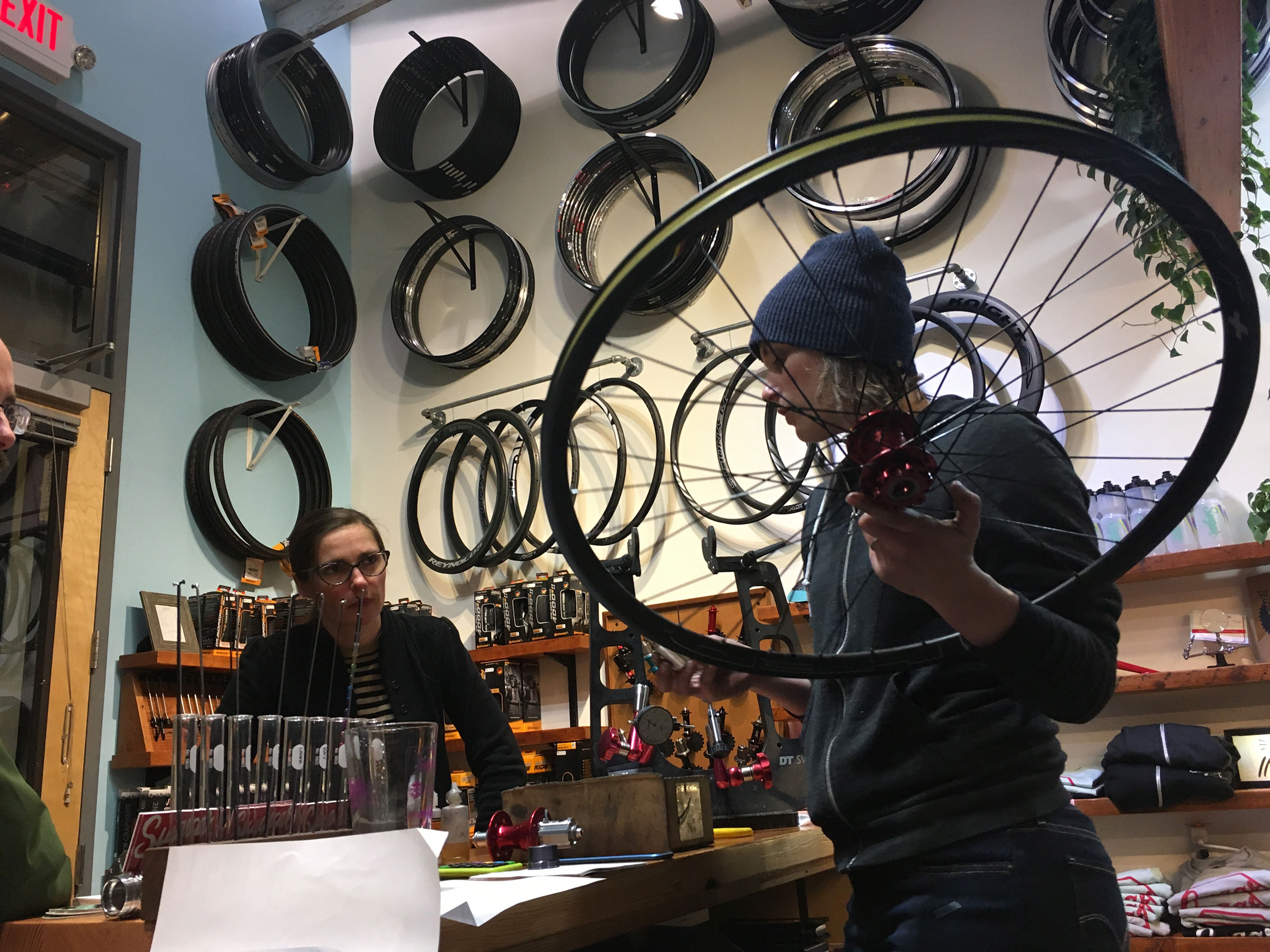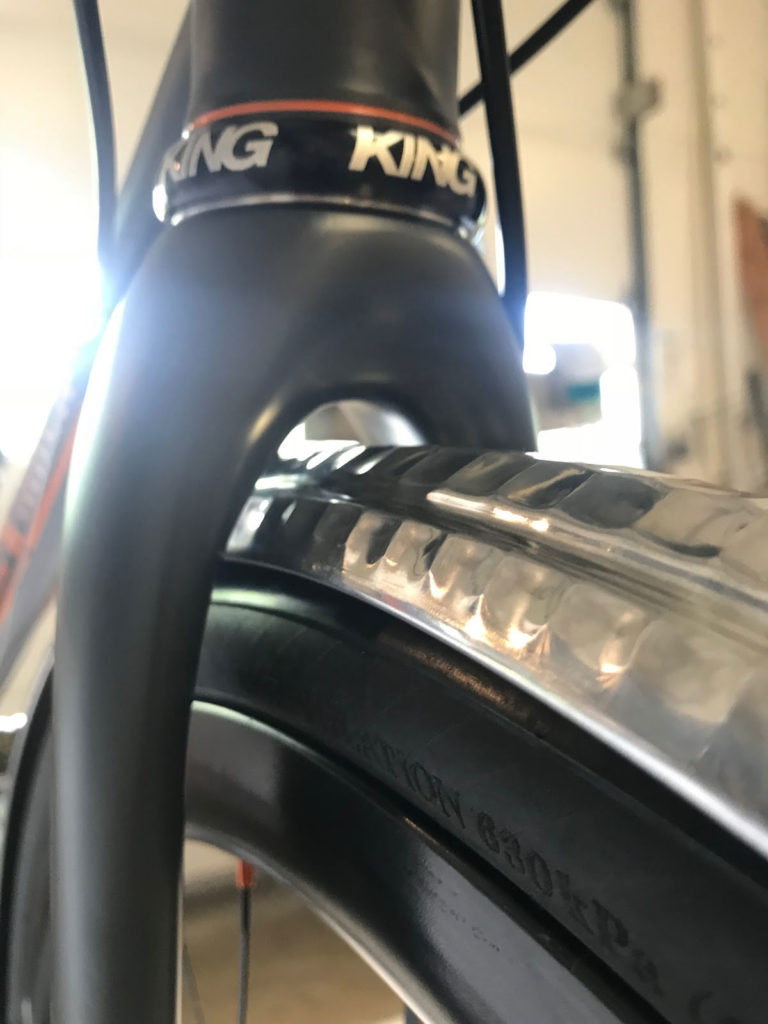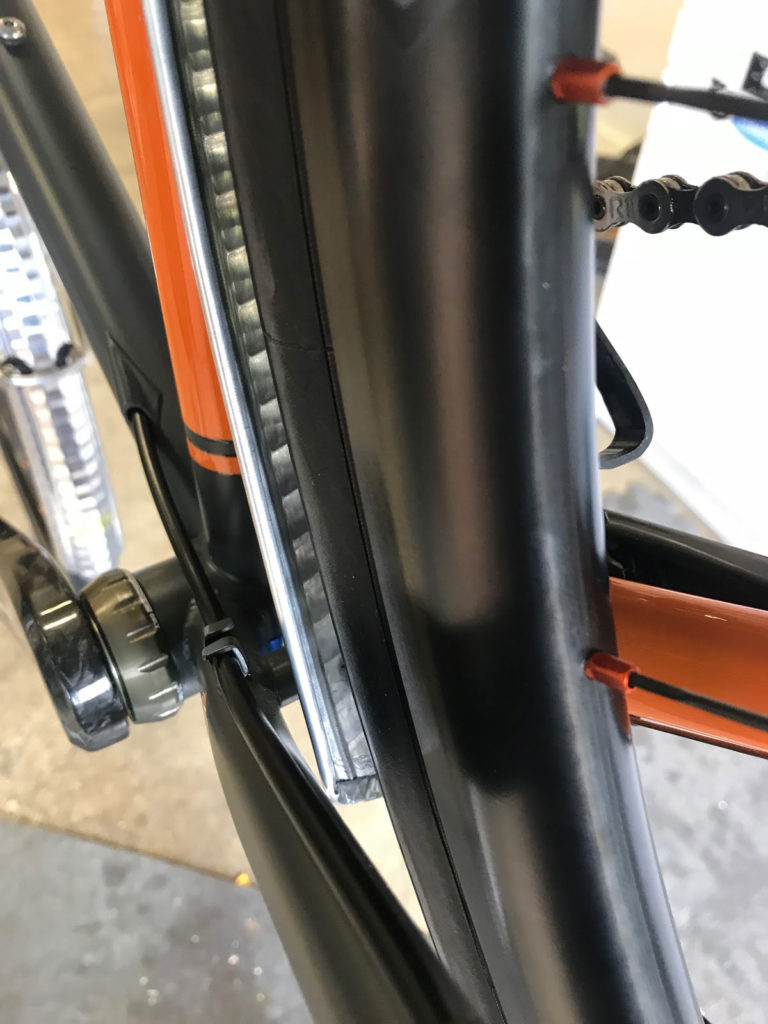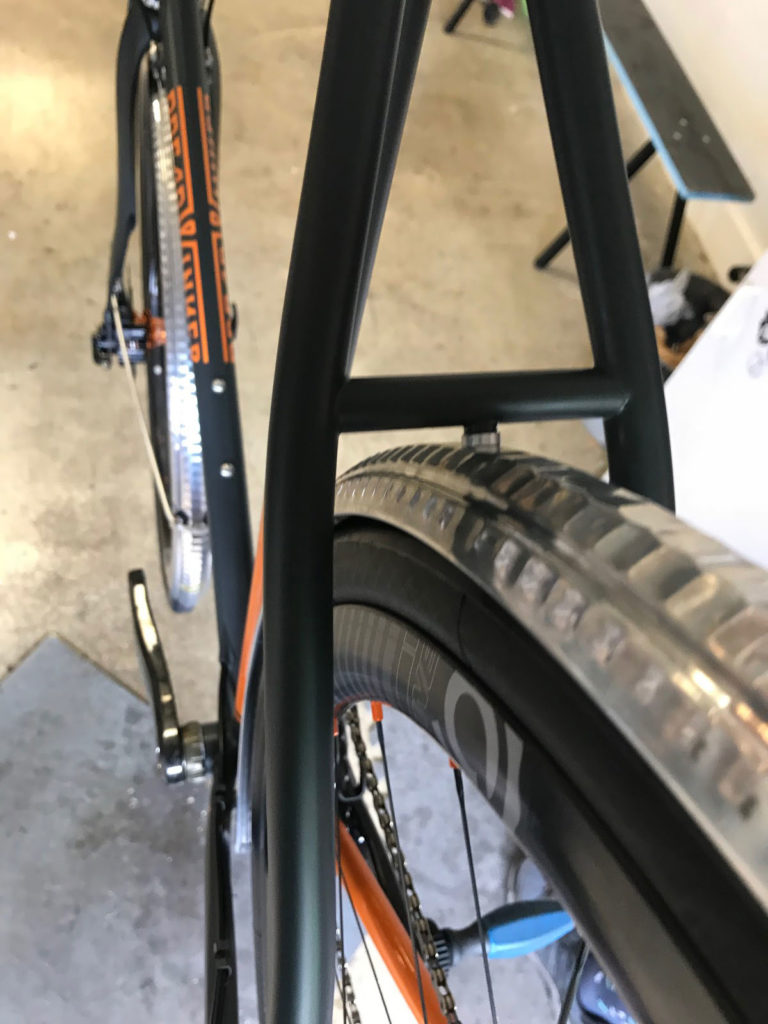Over the course of the last five years we’ve seen rim profiles change dramatically with the most notable change being in width. Some models of rims even come in several widths. Yet these changes are coming with very vague information from manufacturers about how that rim interfaces with the tire and impacts your ride. Sometimes manufacturers even provide different information for similar profile rims.
Geek Out on Rim Size
The truth is that we, as an industry, are still trying to figure things out. This leaves a lot of gray area and also plenty of opportunity for you, as the consumer, connoisseur and rider, to weigh in. There are no hard and fast rules, which means you can experiment and lean on experts to help you make informed selections. We’re here to guide you through that process.
The upside is that this also means there is plenty of room to geek out! And boy do we like to geek out!
Road Cycling
For the most part, road cycling has settled on 25mm and 28mm tires as the ideal sizes to mate with rims that have a 20-21mm internal width. Larger cycling companies are offering wind tunnel data paired with these tire sizes. The benefits include more stability while descending, further dampening of road vibrations and for you aero-worshippers, better aero performance (less wind turbulence where the tire mates with the rim, and often a toroidal, or tear drop, shape).
The same rules apply to selecting a tire as before: tire casing, thread count and weight still matter. In fact, they’re more important, I think, because you’re riding on a larger surface area (but that’s a whole other topic for another article).
Tubeless compatibility is also a game changer.
Gravel Riding Gets Foggy
As we get into gravel riding, things get a little foggy. I think the foremost reason is that there aren’t many true gravel (or all-road) rims available capable of handling tires 28-45mm, especially in rim brake models. Finding these rims with tubeless compatibility is even more challenging.
To create a gravel-ready set up, we borrow wide rims from road cycling with features that aren’t needed, such as aero performance. Or we use lightweight 29″ rims that are only available in disc brake models, which may have tire pressure limitations, which may or may not matter for your set-up.
Guidelines for Selecting A Bike Wheel Rim Size
Below are the soft guidelines we think about when designing wheels. Your preference, personal experience and bike tolerances are part of the final consideration. We will talk you through your options to help you make the perfect selection.
The first step is to figure out what size tire your bike can handle. The pinch points are usually the fork crown, rear brake bridge, and rear triangle by the dropouts. The widest tire you can reliably run leaves about 2mm of clearance on either side of the tire.
Examples
Image 1:
The fork crown. The current tire size on this wheel is a 32mm. This rider likely has clearance for a 40mm or 45mm tire.
Image 2:
The chainstays at the bottom bracket. The rider has significant clearance here also.
Image 3:
Brake bridge (even though the brakes aren’t mounted here on this bike). For a rim brake bike, the rider would also have to consider the clearance through the brakes. There is less (but still quite ample) space for a wider tire.
Thanks to our friends at Breadwinner for letting us showcase their B-Road in these examples.
Alloy Road Rims
The outer width of the rim and the tire size should be closely aligned with variation depending on subjective preference such as comfort. So, 25mm wide rim with a 25mm wide tire. This would be about 20.5mm internal rim width.
Carbon Road Rims
The wall of a carbon rim is thicker than an alloy rim and many carbon manufacturers do extensive wind tunnel testing with different sized tires. For a starting point, I recommend starting with the manufacturer’s tire size recommendation, which is usually 25mm-28mm.
Gravel Road
If your wheel set is going to be used for both road and gravel, select a road rim and tire sizes 25mm-50mm. This means an internal rim width of at least 20mm. Ideally, for a 40mm tire intended for gravel roads select a 21-24mm internal rim width. Wider internal widths limit the smallest tire size you can use.
Bikepacking/MTB/
The guidelines are even broader for MTB/Plus riding. Ideally you want a few millimeters of tire on either side of the rim to provide cushion and to protect the rim from hard rock thumps. The tread of the tire also dictates what the ideal internal width is, or vice versa where you have the wheel set and you’re looking for the perfect tire.
This is where the experimentation becomes both exhilarating and frustrating. You might stumble upon what seems like the perfect set up only to find that tire width is too narrow for a given rim and the tread of the tire is stretched so that the lugs (side knobs) of the tire aren’t useful. The latter typically happens when the tire size and the internal width are too closely matched. If the rim is too narrow, however, the tire can feel floppy, especially through corners.
| Use | Internal Width | IDEAL TIRE RANGE* |
| Road-alloy | 19-21 | 23-28mm |
| Road-carbon | 17-23 | 25-28mm (or per manufacturers recommendation) |
| Gravel | 21-26 | 28-50mm |
| Cross Country MTB + Bikepacking | 26-32 | 1.9”-2.5” 48mm-63mm |
| Plus | 35-45 | 2.5”-3.0” |
*There are no hard and fast rules. For example, many wheels serve multiple purposes and rider preference certainly comes into play. Everything is subject to change. And again, we are here to talk you through your options.
How to Hone in on Your Decision
In an ideal world rim manufacturers would offer more precise information. At Sugar Wheel Works, we listen closely to the stories and experiences of riders – our customers and everyone we encounter. We log this data to help inform our recomnendations.
If you like geeking out on these details, a platform like Ride with GPS Ride Reports is a handy way for you to add your input and learn about the experiences of other riders.
Sugar Wheel Works is Here for You
If you don’t like geeking out on the details or if all of that sounds too overwhel,ing, we’ve got you covered. Send us a note and we’ll start a conversation to talk you through the perfect combination for your dream wheels. And we promise to use normal language with easy-to-grasp details.




